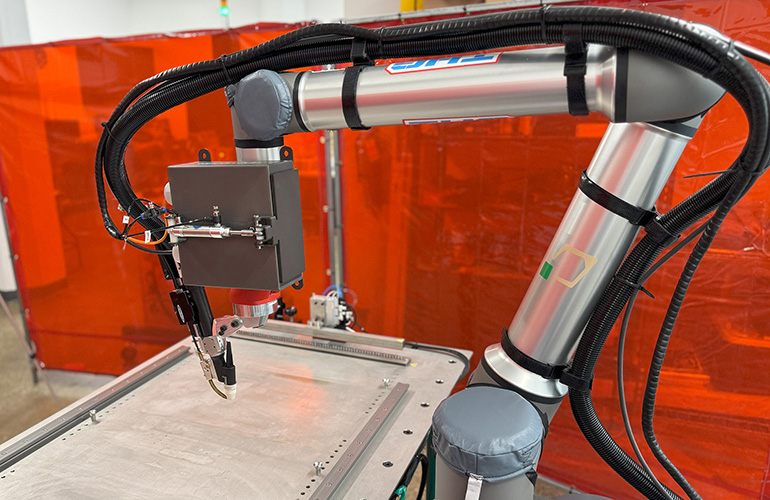Forget bricks. Forget mortar. Forget the months-long grind of scaffolding, dust storms, and crews working dawn to dusk just to complete a single floor.
In a quiet corner of Metzingen, Germany, a new era of construction just roared to life—and it did so one printed layer at a time.
ZÜBLIN and INSTATIQ didn’t just build apartments. They printed them. Using the Instatiq P1—an on-site 3D concrete printer that moves like a robotic boom on steroids—they completed the entire top floor of a four-story residential building without traditional crews, scaffolding, or even specialized materials. It’s the first time in Germany (and one of the first times anywhere) that a structural load-bearing floor of this scale has been fabricated directly on-site using nothing but concrete and code.
Continue reading… “The Printer Has Entered the Construction Site — And Nothing Will Ever Be the Same”












